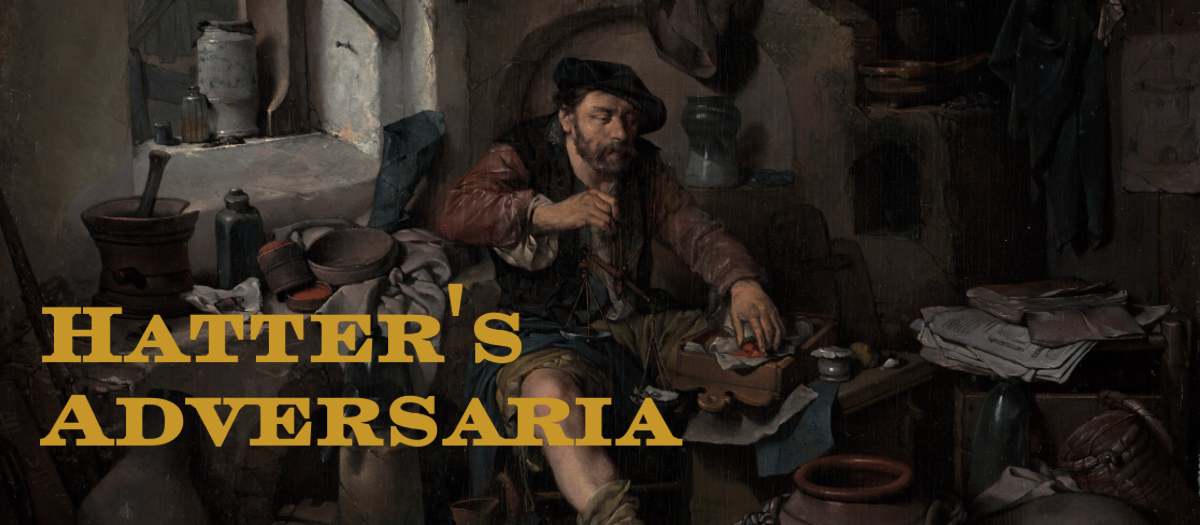This is something newly posted to the Cabinet (here).
It is the epitome of obviousness to say Body Double is Brian de Palma's full out homage to Alfred Hitchcock (a relationship resumed, though less emphatically, in his 1992 Raising Cain). The film follows heavily in theme and visualization both Rear Window, in the voyeurism, and Vertigo, which is transformed into claustrophobia. Though is it solely homage? To me de Palma is delving far too deeply into the stylistic aspects of Hitchcock for it to be merely homage: it is all out exploration and play; stealing, in the manner of the phrase, to the ends of his own creation, but stealing in plain sight, and playfully calling attention to the theft to boot.
What I would like to look at here, however, is a third theme that lies (mostly) outside the Hitchcock connection and speaks to how Body Double is an very successful film of its own identity and unity: the theme of the labyrinth. It is a theme in Body Double presented almost entirely visually, which is what makes it so fascinating to me, and, I would argue, what makes it so successful. Granted, the visuals work in the film also at the simpler, technical levels of creating mood, pace, tension, etc. However, the work also, and to greater effect, on their own within a complex of ideational play. In what follows, keep that relationship in mind. My interest here is not in how the visual aspect of the labyrinthian work subserviently to some base structure; rather, my interest is how the visuals on their own, without the support of exposition or dialogue in any way, generate their own ideational depth to the film. I will here mostly only present the visual elements and offer a reading of some of the ideational energies created. I will not go too deeply into any theoretical discussion; and will leave exploration beyond presentation mostly to you.
Before continuing, let me posit a fourth idea, one mostly structural in nature, which I bring in primarily in an organizational function. I want to recognize that Body Double follows the classic, Shakespearean, there-and-back-again, five step structure. This is in itself not that terribly important an idea as regards the design of the film: the five step organization is something readily found in narratives, and something really created by accident; its presence within a text does not mean that the text was intentionally built upon that framework, as here, where there is no insistence within the film itself that we as the audience should see five steps.
